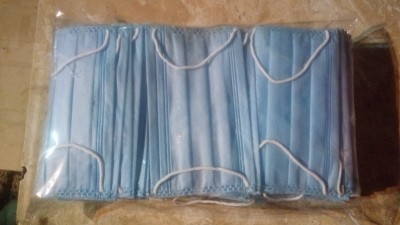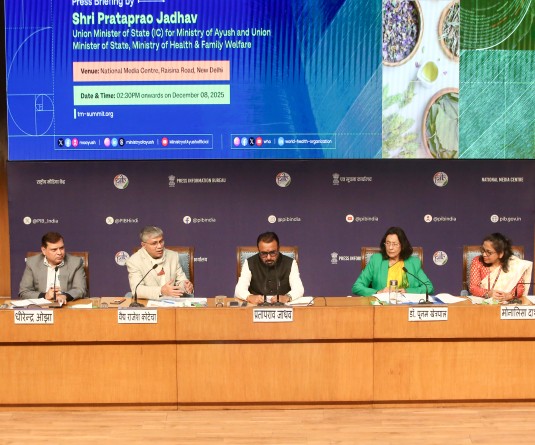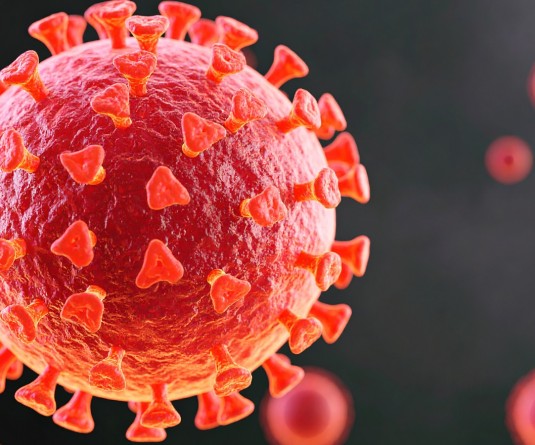Image Source: IANS News

New York, April 3 (IANS) Love to wear fancy face masks to protect yourself from Covid-19? The types of material, fitting and the number of fabric layers used can significantly increase or decrease your risk of exposure to the deadly coronavirus, finds a new study.
Materials, which combine fabric fibre density, a maze-like structure, and fibre surface chemistry can effectively reject submicron particles, which can stay in the air for hours and days and increase the risk of exposure, said researchers from the Georgia Institute of Technology, in the US.
However, even in the same type of material there can be a lot of variability in filtration performance.
Blackout drapery and sterilisation wrap widely used for packing surgical instruments and commercially available are the best-performing materials for homemade masks, revealed the findings, published in the journal Aerosol Science and Technology.
On the other hand, people must avoid using filters such as HEPA/MERV or vacuum bags unless they are certified to be fibreglass-free, which can be inhaled, the researchers said.
Masks made of loose-knitted material, batting fabric, felt, fleece, or shiny, reusable shopping bags must also be avoided.
"We found commercially available materials that provide acceptable levels of submicron particle rejection while still maintaining air flow resistance similar to a surgical mask," said Ryan Lively, Associate Professor.
While multilayered masks were found better than single-layered, attention must be on breathability, the researchers noted. The two-layered and three-layered masks showed an overall filtration efficiency of about 50 per cent for submicron particles.
Fitting is also important since particles can easily escape through gaps at the nose or through the sides of the mask. Proper fitted and multilayer masks can reject 84 per cent particles. Two people donning these types of masks can decrease particle transmission by 96 per cent, revealed the study.
For the study, the team tested 33 different commercially accessible materials not limited to cloth fabrics, including single-layer woven fabrics such as cotton and woven polyester, blended fabrics, nonwoven materials, cellulose-based materials, materials commonly found and used in hospitals, and various filter materials.
They measured the filtration efficiency of submicron particles passing through a variety of different materials.






